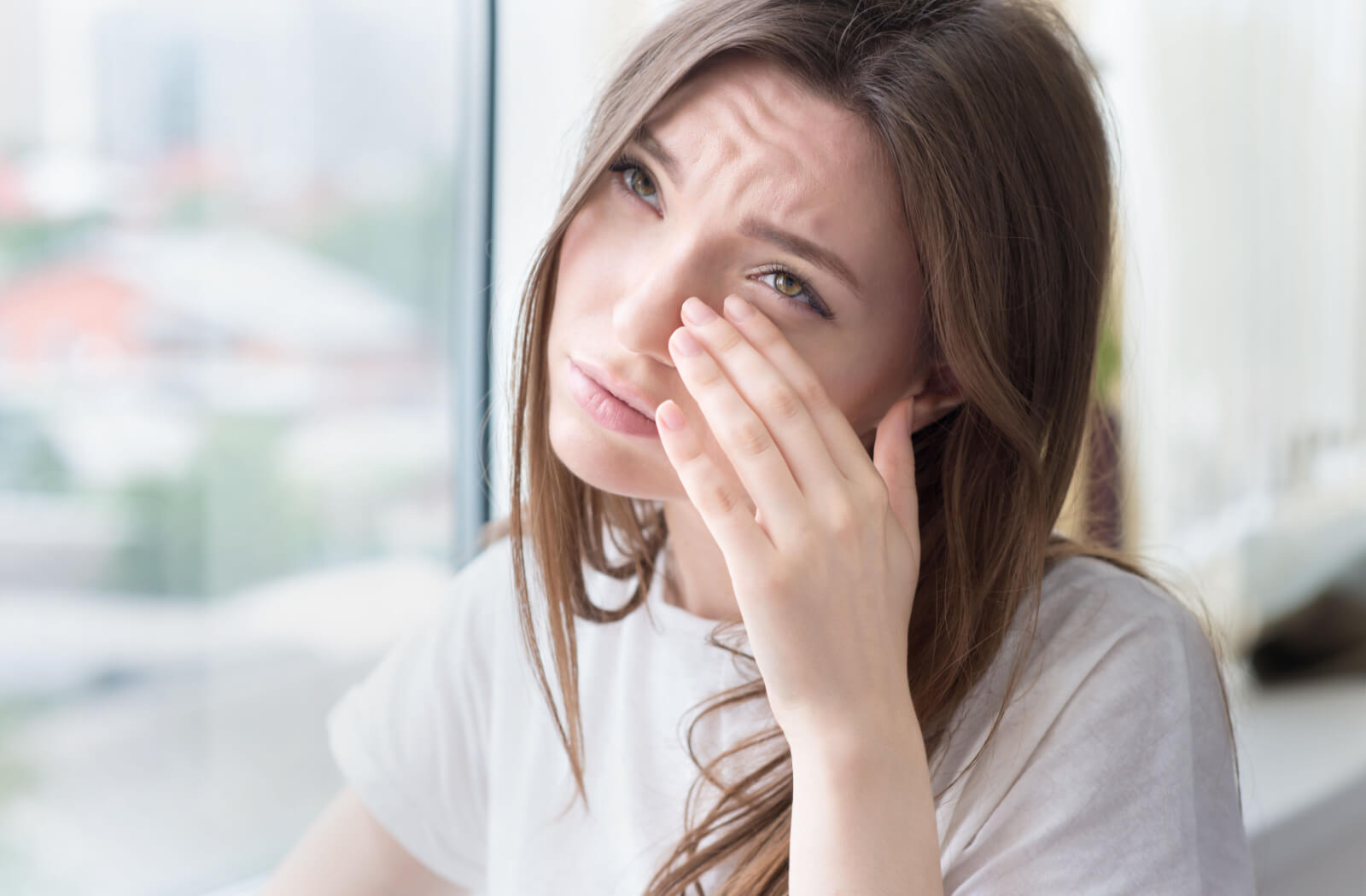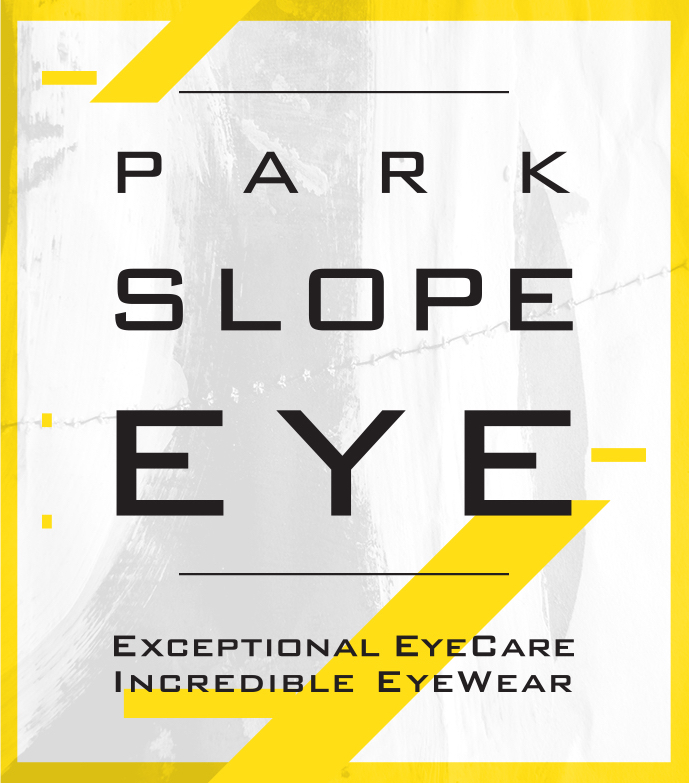If the whites of your eyes are pinkish or red, you may have pink eye and could need eye drops or other medication to eliminate the inflammation.
However, there are several other conditions that may seem like pink eye but are separate issues, such as allergies, dry eye syndrome, COVID-19-related pink eye, iritis, keratitis, a stye, or blepharitis.
Getting emergency eye care may be necessary depending on the cause of your reddened eyes. If you’re unsure what’s causing your eye discomfort, contact your eye doctor to have your symptoms assessed.
What Is Pink Eye?
The conjunctiva is a thin, clear mucous membrane covering the eyeball’s outer surface and the eyelid’s inside. It secretes mucus and tears to lubricate the eye and provide protection against external irritants and pathogens.
Inflammation in the conjunctiva makes the white part of the eyeball (sclera) turn pink or reddish, referred to as pink eye or conjunctivitis. Viral or bacterial eye infections cause most cases of conjunctivitis, but it can also result from irritation or injury to the eye.
Pink Eye Symptoms
Common symptoms of pink eye can include:
- Redness: Noticeable redness in one or both eyes
- Itching: Persistent itching or irritation in the affected eye(s)
- Tearing: Excessive tearing or watery eyes
- Discharge: A white, yellow, or green discharge from the eye, which may cause the eyelids to stick together, especially after sleep
- Gritty Feeling: A sensation of having sand or grit in the eye
- Sensitivity to Light: Increased sensitivity to bright light
- Blurred Vision: Blurred vision or difficulty seeing clearly
Is Pink Eye Contagious?
Pink eye, whether caused by a virus or bacteria, is highly contagious and can easily spread from person to person. By practicing good hygiene, you can significantly decrease the likelihood of contracting or transmitting conjunctivitis.
Avoid touching your eyes, and wash your hands often with soap and warm water for at least 20 seconds. Wash any discharge around your eyes with clean washcloths or fresh cotton balls. Make sure to dispose of these to prevent the spread of pink eye.
How Long Does Pink Eye Last?
Pink eye can last varying lengths of time depending on the type of conjunctivitis. If you have viral conjunctivitis, it can usually clear up in 7–14 days without treatment. However, some cases will take 2–3 weeks to clear up. On the other hand, bacterial conjunctivitis often clears up in 2–5 days without treatment, but it can sometimes take 2 weeks.
Should I Go to the Doctor for Pink Eye?
Sometimes, pink eye can be severe, and you need to see a doctor for treatment.
Consult with a medical professional if you experience:
- Moderate to severe eye pain
- Blurred vision
- Increased light sensitivity
- Increased eye redness
- More daytime mucus production
- More mucus and crustiness in your eyes upon awakening
- Symptoms continuing after a few days of using artificial tears and cold compresses
What Other Conditions Are Mistaken for Conjunctivitis?
Allergies
When you come into contact with substances like pollen, dust, animal dander, or mold, you may experience allergic conjunctivitis. This happens because these allergens trigger the release of histamine in your body.
Histamine causes inflammation, leading to symptoms like redness, itching, burning, or grittiness in your eyes. You may also experience swollen eyelids, watery eye discharge, and nasal symptoms like sneezing and a runny nose.
Dry Eye Syndrome
Insufficient or poor-quality tear production can lead to dry eye syndrome. This can cause inflammation, resulting in redness and irritation of the eyes, which can be mistaken for symptoms of conjunctivitis. Therefore, it’s important to be aware of these similarities and seek appropriate medical attention for accurate diagnosis and treatment.
COVID Pink Eye
A small percentage of individuals who contract COVID-19 may experience redness in their eyes. A study has shown that this condition affected 1 in 10 hospitalized noncritical COVID-19 patients.
Iritis
Iritis, also known as anterior uveitis, is the inflammation of the iris, which affects the middle layer of your eye, known as the uvea. This condition shares similar symptoms to pink eye, such as redness, eye discomfort, light sensitivity, and impaired vision. Iritis can affect one or both eyes, and the cause can range from injury to various underlying medical conditions.
Keratitis
The front of the eye is protected by a clear, dome-shaped layer called the cornea. It covers the iris, pupil, and anterior chamber. When the cornea is irritated, damaged, or infected, it becomes inflamed, leading to eye redness. This condition is known as keratitis and is often mistaken for pink eye due to similar symptoms.
These symptoms include:
- Eye pain, stinging, or discomfort
- Hazy vision
- Eye redness
- Excessive tearing or discharge
- Light sensitivity
- Inability to open the eyes
Stye
A stye, also known as a hordeolum, is a small bump that appears on the edge of the eyelid. It’s red, painful, and resembles a pimple or boil.
The eyelid’s margins are lined with hair follicles that grow the eyelashes and are connected to tiny oil glands inside the eyelid. Clogging of these glands by bacteria leads to infection, resulting in the formation of a stye.
While both styes and pink eye can cause discomfort and irritation in the eye, it’s easy to confuse one for the other.
Blepharitis
A buildup of dead skin cells, bacteria, and sebum can cause blockage of the oil glands along the lash line, leading to inflammation, itching, and redness around the eyelids. This condition, known as blepharitis, shares similarities with pink eye, including redness, eye discharge, tearing, light sensitivity, blurred vision, and crust formation on the lashes.
Common Treatments for Pink Eye
Bacterial Conjunctivitis
- Antibiotic Eye Drops/Ointments: Prescribed by a doctor to eliminate the bacterial infection. Improvement usually occurs within a few days of starting treatment
- Warm Compresses: Applying a warm, damp cloth to the eyes to reduce discomfort and remove crusts
Viral Conjunctivitis
- Cold Compresses: Applying a cold, damp cloth to the eyes to alleviate swelling and discomfort
- Artificial Tears: Over-the-counter lubricating eye drops to relieve dryness and irritation
- Time: Viral conjunctivitis often resolves on its own within one to two weeks
Allergic Conjunctivitis
- Antihistamine or Anti-inflammatory Eye Drops: Over-the-counter or prescribed drops to reduce allergic reactions
- Avoiding Allergens: Identifying and avoiding the allergens causing the reaction
- Cold Compresses: To reduce itching and swelling
General Care for All Types
- Good Hygiene: Washing hands frequently, avoiding touching or rubbing the eyes, and not sharing personal items like towels or pillows
- Avoiding Contact Lenses: Refraining from wearing contact lenses until the infection has cleared
- Cleaning Discharge: Gently cleaning any discharge from the eyes with a clean, warm, damp cloth
Consulting your eye doctor for an accurate diagnosis and appropriate treatment is essential, especially if symptoms persist or worsen.
Is It Pink Eye or Something Else?
If you are wondering whether you have pink eye, don’t wait to see an optometrist, as it could be a more severe or chronic condition. Medication may help with bacterial conjunctivitis, but viral conjunctivitis can go away on its own with proper hygiene and care.
However, both viral and bacterial pink eye can be treated medicinally. Antiviral eye ointment, antibacterial eye drops, and astringent eye sprays all can help prevent the spread of pink eye, alleviate discomfort, and speed up your recovery, which will get you looking and feeling better much faster.
Either way, seeking medical attention is recommended if the problem persists. Give us a call at Park Slope Eye or book an appointment online. We can answer your questions about your eye inflammation and provide advice and eye care instructions if needed.









